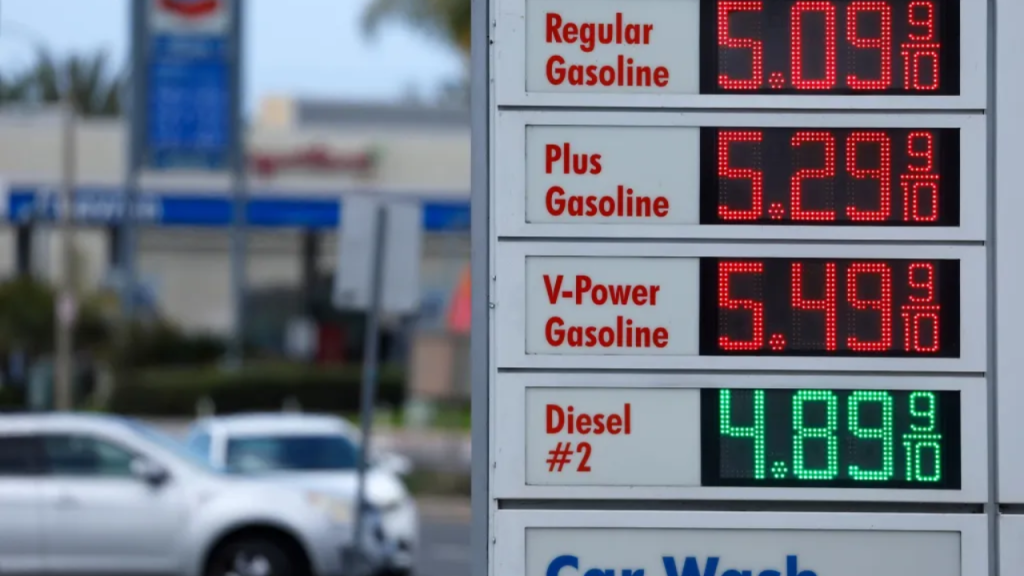
San Diego drivers are welcoming a break at the pump this May 2025 as average gas prices have dipped to $4.79 per gallon, a notable decrease compared to recent months. After enduring high fuel costs for years, this sudden drop brings some relief for commuters and travelers alike. But what exactly is behind this surprising shift?
Falling Crude Oil Prices Lead the Way
One of the main factors behind the lower gas prices is the recent decline in global crude oil prices. According to the U.S. Energy Information Administration (EIA), crude oil prices have fallen to their lowest in four years, with U.S. crude trading around $57.10 per barrel in early May. This reduction is largely due to increased oil production from OPEC+ nations combined with slower global demand as economies adjust to changing conditions.
Lower crude prices mean reduced costs for refining gasoline, which typically leads to cheaper prices at the pump for consumers. The EIA regularly tracks these trends, providing detailed insights into how global oil markets impact local fuel costs. You can find more details on their website here.
Refineries Return to Full Capacity
Gasoline production is also benefiting from the completion of seasonal refinery maintenance. Refineries often slow down or temporarily shut during the spring for maintenance work, which limits fuel supply and can push prices higher. This year, maintenance wrapped up earlier, allowing refineries to run at full capacity again.
This increase in refinery output means more gasoline is available to meet demand, easing supply constraints that have previously driven up costs. With refineries operating smoothly, the supply side of the fuel market is stronger, contributing directly to the recent price decline.
Seasonal Demand Patterns
Gas prices tend to fluctuate with seasonal demand, and the period between spring and summer travel often sees a dip. Drivers may not be on the road as much yet, and inventories can build up in preparation for the busy summer months.
This seasonal lull helps stabilize prices, providing a window where gas costs typically decrease or remain steady before the summer driving season pushes demand and prices higher again.
Economic and Geopolitical Factors
The current economic landscape also plays a role. Economic uncertainties have dampened consumer spending, leading to less driving and lower fuel consumption in some areas. Additionally, geopolitical tensions and market expectations around future supply influence pricing, but so far in 2025, these have favored lower gas prices.
California’s unique regulations around gasoline blends and environmental standards often cause the state’s gas prices to remain higher than the national average. However, even with these factors, San Diego’s recent price drop highlights how global and local market dynamics interact.
What Drivers Should Expect Next
While this dip in prices offers a welcome relief, experts caution that it may be temporary. California faces ongoing challenges such as potential refinery closures and stricter environmental regulations that could affect supply in the near future. This might lead to price increases later in the year.
The California Energy Commission (CEC) closely monitors fuel supply and demand in the state and provides updates on how these factors affect pricing. For the latest information, drivers can visit the CEC website here.
